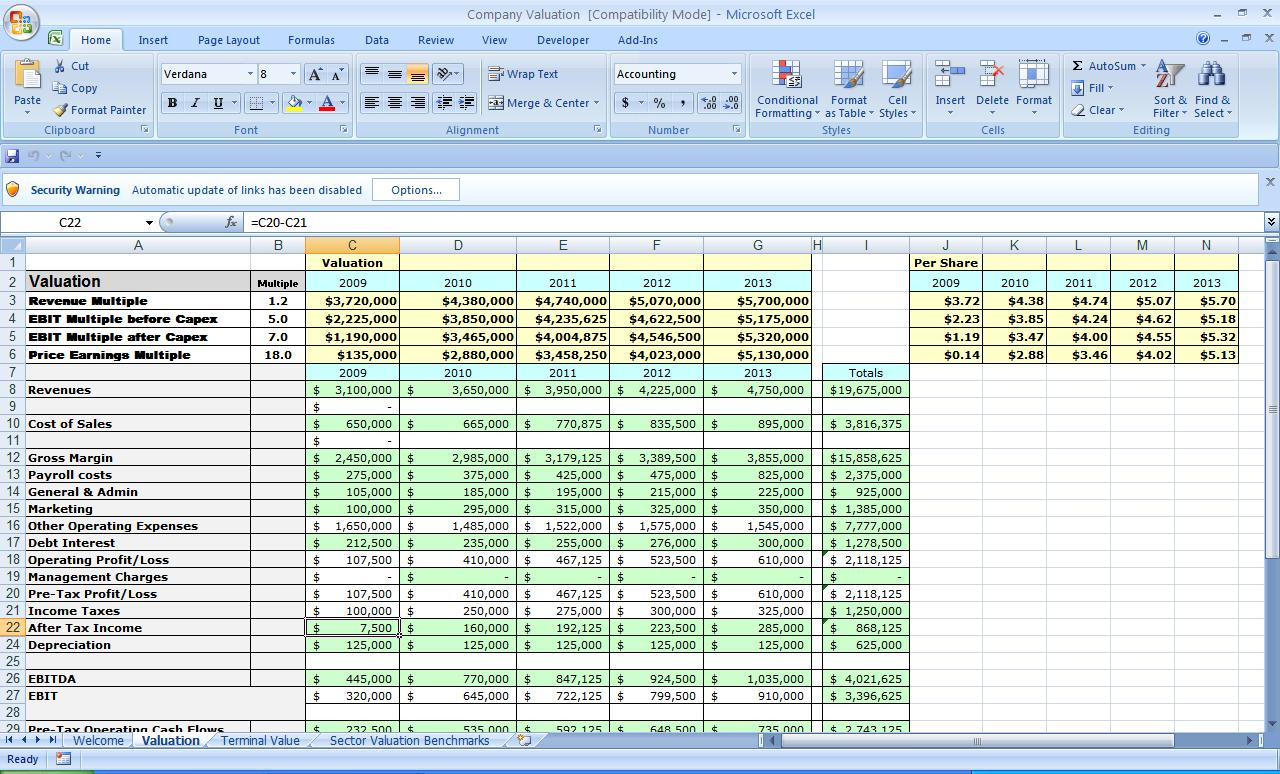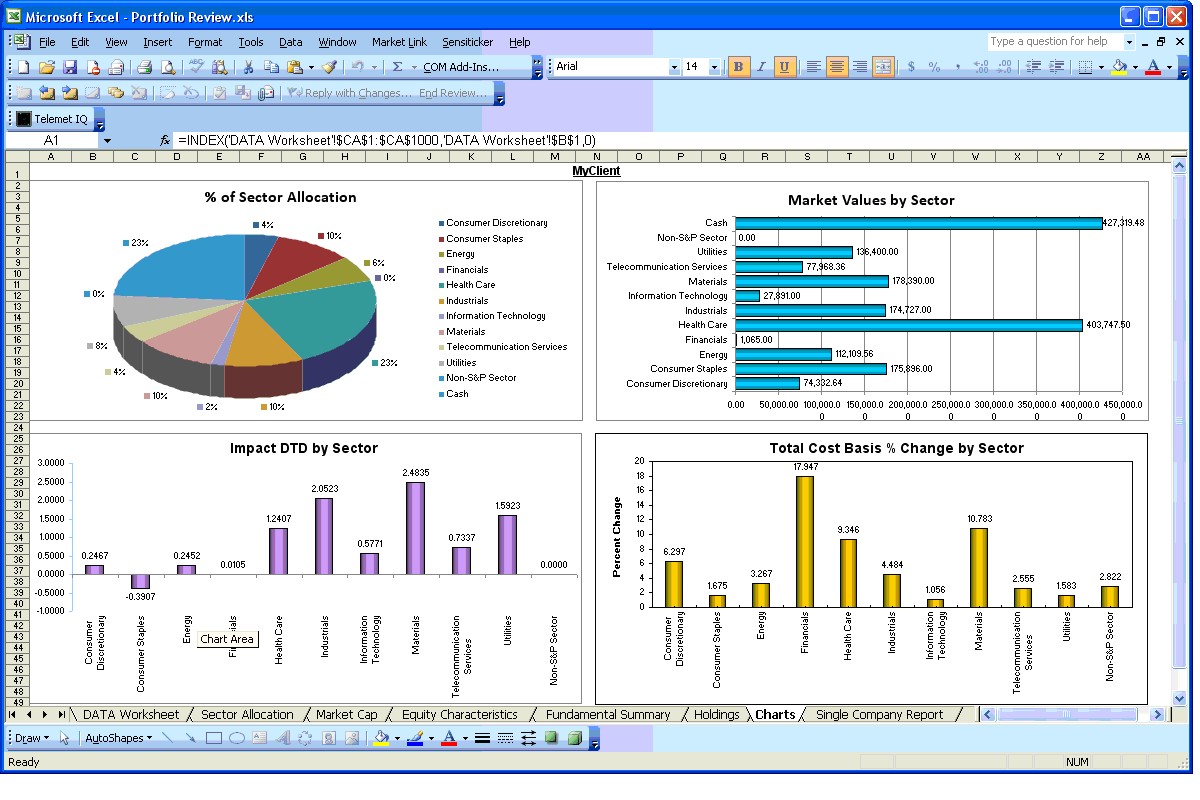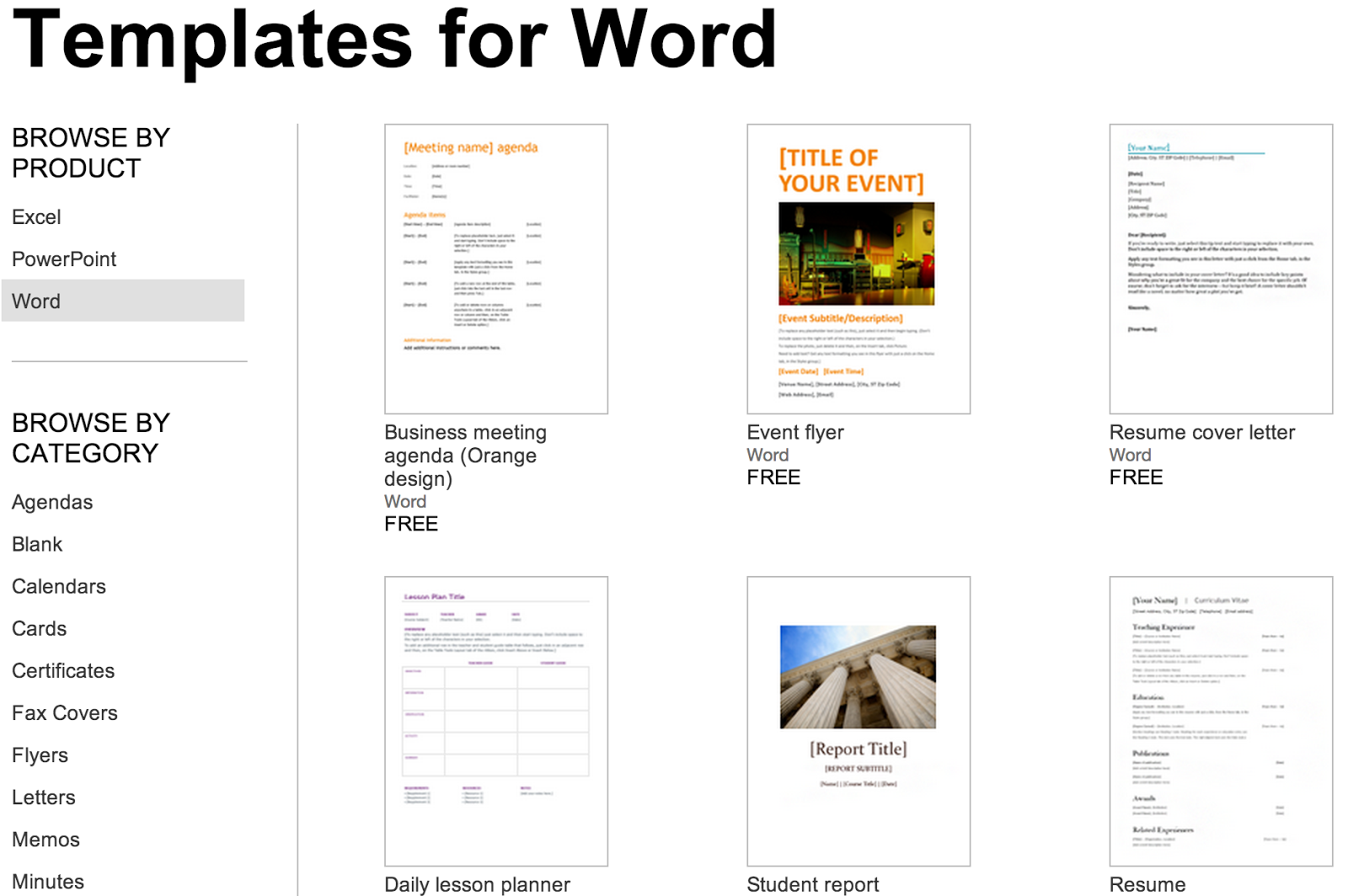
Select the X icon in the upper right of the top ribbon to close the information screen.īest practices and considerations for using Excel templates You'll see the summary of the file you're uploading. When you have your Excel template customized the way you want, you can upload it into Dynamics 365. Step 3: Upload the template and share with others You're now ready to upload the Excel template into Dynamics 365. More information: Best practices and considerations for using Excel templates

This prevents the content from being overwritten if you add new data in Dynamics 365 later and you create a new Excel template. Place user-added content above or to the right of the existing data table. Don't refer to cells by using their addresses define and use names instead. Select Enable Editing to allow customization of the Excel workbook.Īdd a new column, and name it "Expected Revenue".Ĭreate a formula for expected revenue. Let's walk through a simple example of customizing an Excel template by using Dynamics 365 sample data: Open the newly created template in Excel to customize the data. More information: Step 3: Upload the template and share with others To upload the template after you customize the data, go to the list of templates, and then select Upload Template. To upload the template later, select the X icon in the upper right of the modal window. You can customize (as detailed in the steps below) and upload the template by selecting Upload. The view defines the query used to display records and the columns or fields that are shown. The views you can select in the next field depend on the entity you select. The template will use data from this entity. Select Excel Template, and then select an entity to which the template applies. On the next screen, select Document Templates, then choose + New in the top ribbon. Navigate to Settings > Business > Templates. Note that this area uses a horizontal navigator at the top of the page instead of a side navigator. The advanced settings area opens in a new browser tab. Open the Settings menu at the top of the page and select Advanced settings. Sign in to Dynamics 365 as a user with the System Administrator role. Step 1: Create a new template from existing data There are four steps for creating an Excel template. Templates display information from the view defined for a record type (entity). The Pipeline Management template is shown here: Try out the Excel templates included with Dynamics 365 to get a quick view of what kind of analysis is possible. With Excel templates, you can easily create and share your customized analysis with others in your organization. Once a template file is open for modification, Excel’s title bar will display the template name (not Book1, Book2, etc.Microsoft Excel provides powerful ways to analyze and present your Dynamics 365 data. In order to open the template for modification, right-click the template file and click Open:

If you are using File Explorer to open a template for modification, double-clicking a template will open a new Excel workbook based on the template and not the actual template itself.

(If you cannot see your template file, ensure that the filter above the Open button is set to All Excel Files.) In the Open dialog box, navigate to the location of the template file, select it, and click Open: To modify a template, click File → Open → Browse: First, click the “Save as type” drop-down menu and choose Excel Template: Once relevant information has been placed in the template, save it by clicking File → Save As → Browse: If you want to create your own template, it’s easy! First, create the workbook that you would like to use as a template in the future: You can see these templates listed under the Personal heading of the new workbook window: If you can’t initially find the exact template for your purposes, you can probably find it using the search function.Ĭustom templates are those that are created by yourself, your organization, or someone that you are working with. Microsoft Excel 2016 includes many different predefined templates that you can choose from that cover a wide variety of different needs. You can also save templates with macros using the. This way, they can be re-used without overwriting the template contents. Templates can be used with styles and themes to provide even more customization options. Its purpose is to provide a method of laying out content to save you time and help you keep your work consistent. Topic Objectives In this topic, you will learn:Ī template is a workbook that contains preformatted styles, graphics, objects, and/or text.


 0 kommentar(er)
0 kommentar(er)
